Description
Polyvinyl Alcohol (PVA) is a water-soluble synthetic polymer widely used in various industrial, laboratory, and commercial applications. Known for its excellent film-forming, adhesive, and emulsifying properties, PVA is a versatile compound used in textiles, paper coatings, adhesives, packaging, and more.
Applications of Polyvinyl Alcohol (PVA)
- Adhesives & Binders – Used in wood glue, paper adhesives, wallpaper paste, and textile binders for strong adhesion and flexibility.
- Textile Industry – Enhances fabric strength, yarn sizing, and dye dispersions for improved durability and processing.
- Paper & Packaging – Applied in paper coatings, moisture-resistant packaging, and biodegradable films to enhance strength and barrier properties.
- Pharmaceuticals & Medical – Found in tablet coatings, eye drops, wound dressings, and drug delivery systems due to its biocompatibility.
- Cosmetics & Personal Care – Used in face masks, hair gels, lotions, and skincare formulations for film-forming and thickening properties.
- 3D Printing & Mold Release – Functions as a water-soluble support material for FDM 3D printing and a release agent for molds.
- Paints, Coatings & Inks – Improves paints, inks, emulsions, and pigment dispersions for stability and film-forming capability.
- Emulsifiers & Stabilizers – Utilized in polymer emulsions, suspension polymerization, and industrial formulations.
- Water Treatment & Environmental – Used as a flocculant, biodegradable plastic component, and eco-friendly packaging material.
- Industrial & Research – Applied in ceramics, batteries, optical coatings, and chemical synthesis for specialized uses.
Storage Instructions:
- Temperature: Store in a cool, dry place at room temperature. Avoid excessive heat and freezing conditions.
- Humidity Control: Keep the container tightly sealed to prevent moisture absorption and clumping. PVA is hygroscopic and can degrade if exposed to high humidity.
- Light & Air Exposure: Store in a well-ventilated area, away from direct sunlight and strong oxidizers.
- Container Type: Use airtight, moisture-resistant packaging to maintain product integrity.
Handling Precautions:
- Personal Protective Equipment (PPE): Wear gloves, safety glasses, and a dust mask when handling powder forms to avoid inhalation and skin contact.
- Ventilation: Use in a well-ventilated area to minimize dust exposure.
- Avoid Inhalation & Ingestion: PVA is non-toxic, but inhaling fine particles may cause irritation. Always wash hands after handling.
- Mixing & Dissolution:
- Dissolve in warm water (50-90°C) while stirring continuously to ensure even dispersion.
- Avoid adding PVA directly to cold water, as it may form clumps.
- Static Charge Precaution: Powdered PVA can generate static; use grounded equipment to minimize risks.
Safety & First Aid Measures:
- Skin Contact: Wash with soap and water if irritation occurs.
- Eye Contact: Rinse immediately with water for at least 15 minutes and seek medical attention if irritation persists.
- Inhalation: Move to fresh air; seek medical attention if breathing difficulties occur.
- Spill Management: Sweep up dry material and dispose of according to local regulations. Avoid washing into drains.
Disposal Considerations:
- Biodegradable & Non-Toxic: Dispose of in accordance with local waste regulations.
- Avoid release into water sources or sewer systems in large quantities.


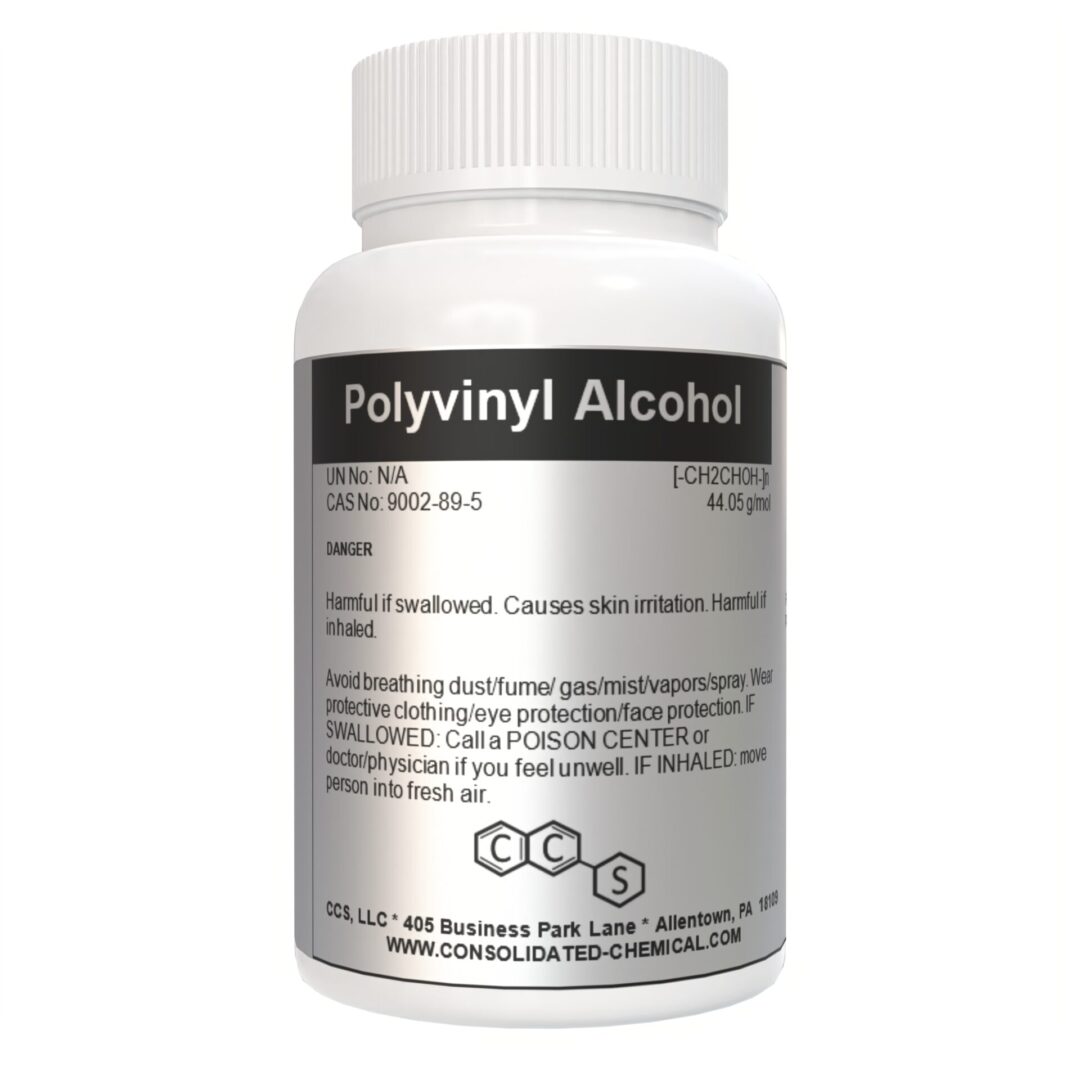
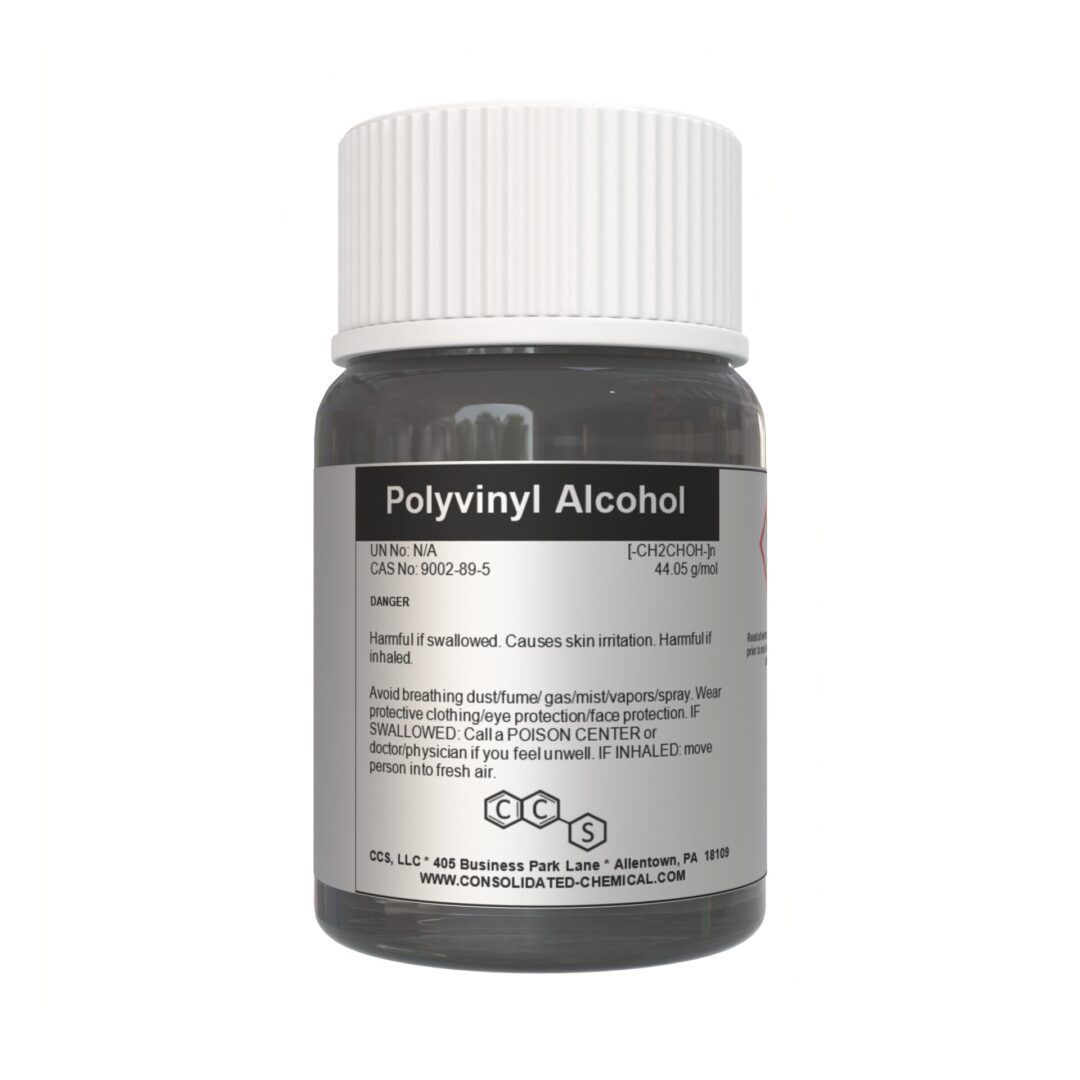
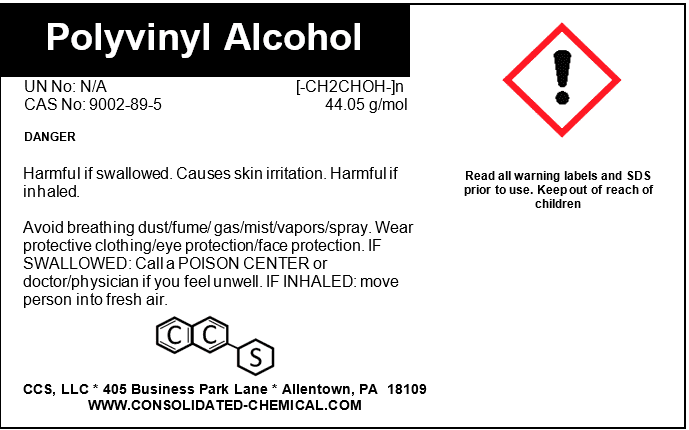



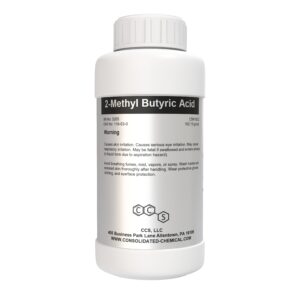
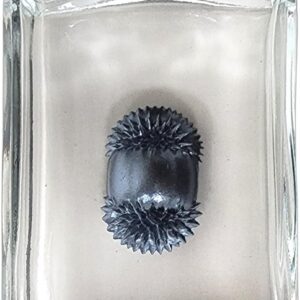
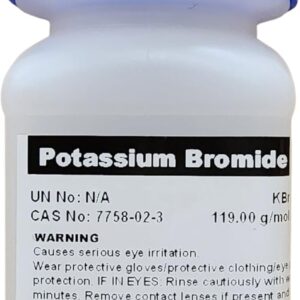
Reviews
There are no reviews yet.